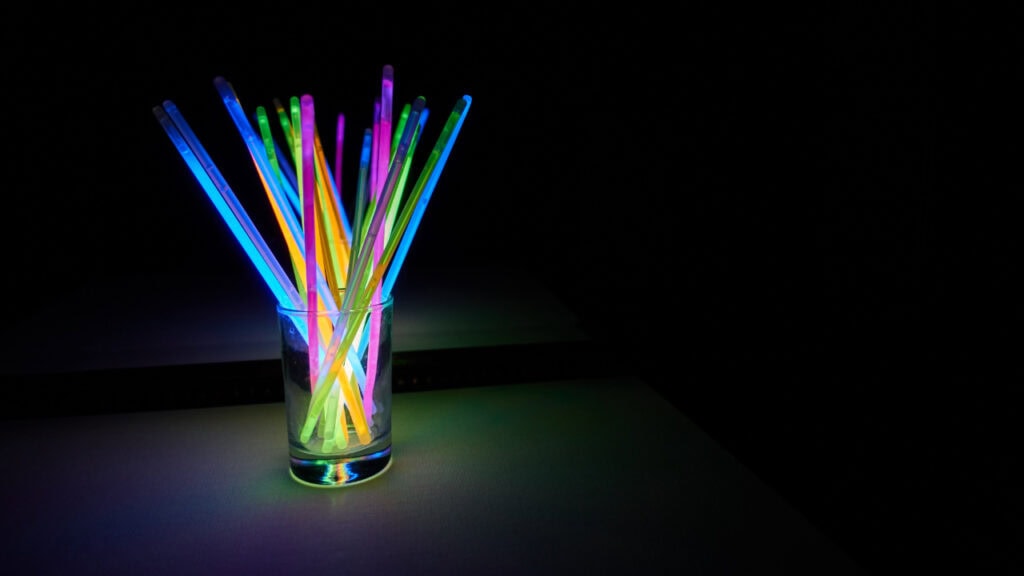Swiss researchers have succeeded in developing a wood that glows in the dark. Although the idea of wood that produces and emits its own light may seem like a development created by humans, in fact, like most human inventions, it takes some clues from nature.
Some fungi, for example, naturally emit light under rare conditions. While this natural glow is fascinating, it is difficult to observe and replicate. But Empa researchers have succeeded in recreating and sustaining this effect under controlled laboratory conditions.
This breakthrough came about by incubating balsa wood with a non-ringed honey fungus (Desarmillaria tabescens). The tree absorbed water for three months in a humid environment and began to glow green at a wavelength of 560 nanometres. This light, which lasts for about ten days, is the result of a chemical reaction. The enzyme luciferase, which is also responsible for the firefly’s light, is activated when exposed to oxygen, making the tree glow in the dark.
Beyond the fact that this creates a pleasant appearance, the preservation of the structural integrity of the material during this transformation allows for the emergence of many areas of use. While the fungus breaks down lignin, a compound that gives wood its hardness, it leaves the cellulose structure untouched, allowing the wood to retain its strength. This unique property could make glowing wood an attractive material for functional and aesthetic applications.
While the glow is not yet bright enough for widespread use, researchers are working to increase its intensity and lifespan. Once their work is complete, they aim to offer an environmentally friendly alternative by replacing some of the traditional lighting with glow-in-the-dark wood. This approach could accompany similar studies and research, such as the use of bioluminescent plants that can illuminate gardens or outdoor spaces without electricity. From stair railings glowing on their own in the dark to self-luminous sculptures, artworks or fences in public spaces, many different environments could be made safer and more inviting without the need for electricity.
The research, published in the journal Advanced Science, represents a step towards sustainable design solutions. With ongoing developments, glow-in-the-dark wood could soon illuminate homes and communities, blending functionality with environmental innovation and helping to combat the growing energy concerns that have fuelled the climate change debate, especially when combining this process with super-strong wood.







